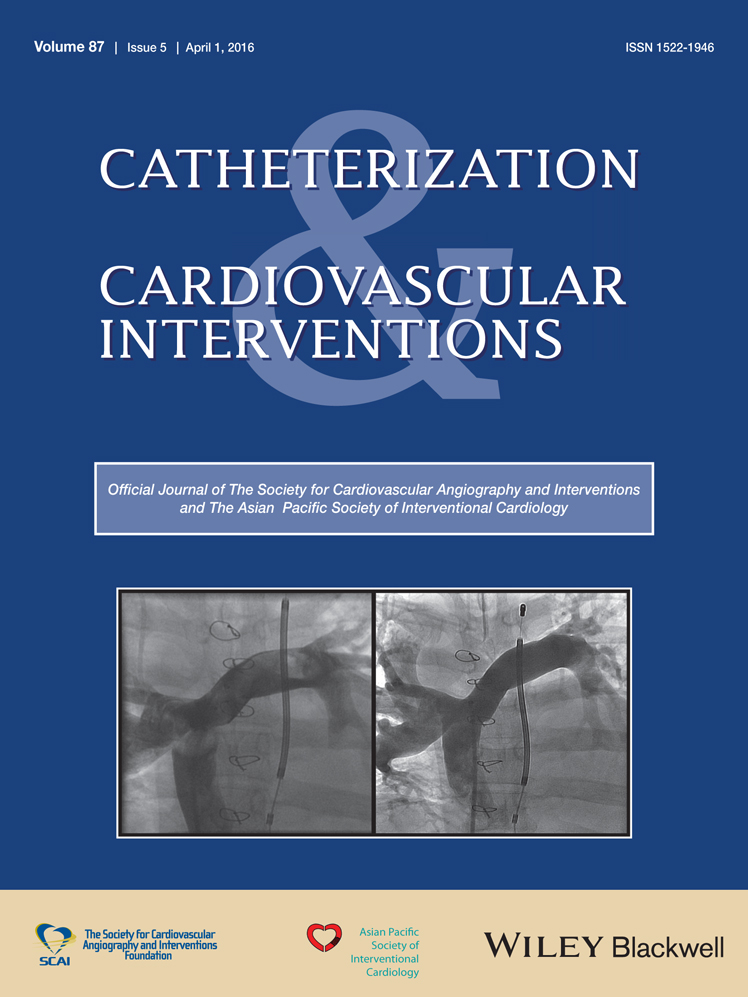Angiographic and clinical outcomes of patients treated with everolimus-eluting bioresorbable stents in routine clinical practice: Results of the ISAR-ABSORB registry
Conflict of interest: MJ reports grants and personal fees from Abbott Vascular, Biotronik, Boston Scientific and Orbus Neich, and grants from BioSensors International, CeloNova, Medtronic, Microport, SinoMedical, Terumo Corporation and W.L. Gore AK reports patent applications related to drug-eluting stent coatings. RAB reports receiving lecture fees from B. Braun Melsungen AG, Biotronik, and Boston Scientific
Abstract
Objectives
We aimed to analyze angiographic and clinical results of patients undergoing BRS implantation in a real-world setting.
Background
Angiographic and clinical outcome data from patients undergoing implantation of drug-eluting bioresorbable stents (BRS) in routine clinical practice is scant.
Methods
Consecutive patients undergoing implantation of everolimus-eluting BRS at two high-volume centers in Munich, Germany were enrolled. Data were collected prospectively. All patients were scheduled for angiographic surveillance 6–8 months after stent implantation. Quantitative coronary angiographic analysis was performed in a core laboratory. Clinical follow-up was performed to 12 months and events were adjudicated by independent assessors.
Results
A total of 419 patients were studied. Mean age was 66.6 ± 10.9 years, 31.5% had diabetes mellitus, 76.1% had multivessel disease, and 39.0% presented with acute coronary syndrome; 49.0% of lesions were AHA/ACC type B2/C, 13.1% had treatment of bifurcation lesions. Mean reference vessel diameter was 2.89 ± 0.46 mm. At angiographic follow-up in-stent late loss was 0.26 ± 0.51 mm, in-segment diameter stenosis was 27.5 ± 16.1, and binary angiographic restenosis was 7.5%. At 12 months, the rate of death, myocardial infarction, or target lesion revascularization was 13.1%. Definite stent thrombosis occurred in 2.6%.
Conclusions
The use of everolimus-eluting BRS in routine clinical practice is associated with high antirestenotic efficacy in patients undergoing angiographic surveillance. Overall clinical outcomes at 12 months are satisfactory though stent thrombosis rates are not insignificant. Further study with longer term follow-up and larger numbers of treated patients is required before we can be sure of the role of these devices in clinical practice. © 2015 Wiley Periodicals, Inc.




